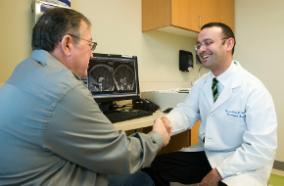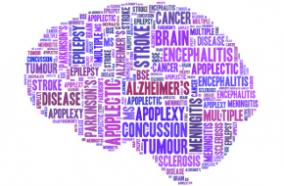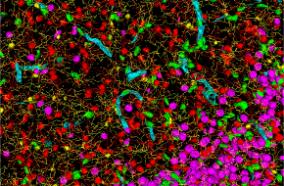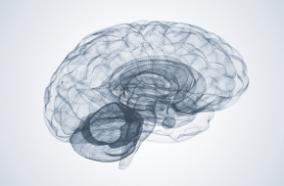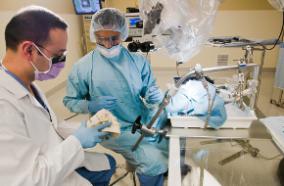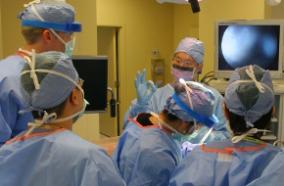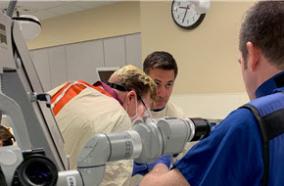Related Articles
Influenza vaccination and myocarditis among patients receiving immune checkpoint inhibitors.
J Immunother Cancer. 2019 02 22;7(1):53
Authors: Awadalla M, Golden DLA, Mahmood SS, Alvi RM, Mercaldo ND, Hassan MZO, Banerji D, Rokicki A, Mulligan C, Murphy SPT, Jones-O'Connor M, Cohen JV, Heinzerling LM, Armanious M, Sullivan RJ, Damrongwatanasuk R, Chen CL, Gupta D, Kirchberger MC, Moslehi JJ, Shah SP, Ganatra S, Thavendiranathan P, Rizvi MA, Sahni G, Lyon AR, Tocchetti CG, Mercurio V, Thuny F, Ederhy S, Mahmoudi M, Lawrence DP, Groarke JD, Nohria A, Fradley MG, Reynolds KL, Neilan TG
Abstract
BACKGROUND: Influenza vaccination (FV) is recommended for patients with cancer. Recent data suggested that the administration of the FV was associated with an increase in immune-related adverse events (irAEs) among patients on immune checkpoint inhibitors (ICIs). Myocarditis is an uncommon but serious complication of ICIs and may also result from infection with influenza. There are no data testing the relationship between FV and the development of myocarditis on ICIs.
METHODS: Patients on ICIs who developed myocarditis (n = 101) (cases) were compared to ICI-treated patients (n = 201) without myocarditis (controls). A patient was defined as having the FV if they were administered the FV from 6 months prior to start of ICI to anytime during ICI therapy. Alternate thresholds for FV status were also tested. The primary comparison of interest was the rate of FV between cases and controls. Patients with myocarditis were followed for major adverse cardiac events (MACE), defined as the composite of cardiogenic shock, cardiac arrest, hemodynamically significant complete heart block and cardiovascular death.
RESULTS: The FV was administered to 25% of the myocarditis cases compared to 40% of the non-myocarditis ICI-treated controls (p = 0.01). Similar findings of lower rates of FV administration were noted among myocarditis cases when alternate thresholds were tested. Among the myocarditis cases, those who were vaccinated had 3-fold lower troponin levels when compared to unvaccinated cases (FV vs. No FV: 0.12 [0.02, 0.47] vs. 0.40 [0.11, 1.26] ng/ml, p = 0.02). Within myocarditis cases, those administered the FV also had a lower rate of other irAEs when compared to unvaccinated cases (36 vs. 55% p = 0.10) including lower rates of pneumonitis (12 vs. 36%, p = 0.03). During follow-up (175 [IQR 89, 363] days), 47% of myocarditis cases experienced a MACE. Myocarditis cases who received the FV were at a lower risk of cumulative MACE when compared to unvaccinated cases (24 vs. 59%, p = 0.002).
CONCLUSION: The rate of FV among ICI-related myocarditis cases was lower than controls on ICIs who did not develop myocarditis. In those who developed myocarditis related to an ICI, there was less myocardial injury and a lower risk of MACE among those who were administered the FV.
PMID: 30795818 [PubMed - indexed for MEDLINE]

